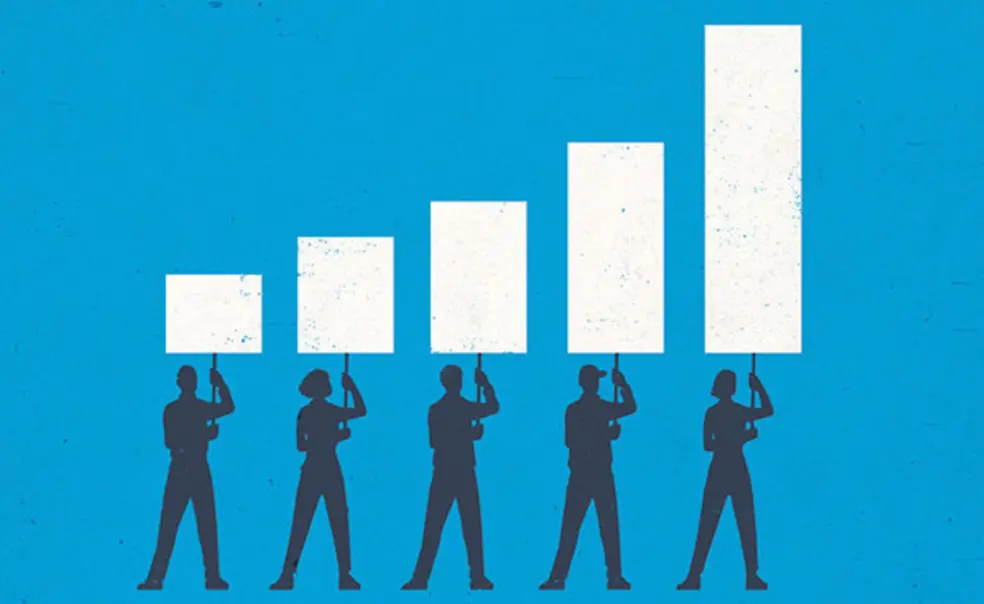Economics: State of the Unions
New data show that unions have been an effective check on income inequality
For years, economists studying the link between labor-union membership and income inequality were stuck without useful data from before 1973. That was a problem, because the post-1973 data covered a period when union membership was falling. Prior to the 1970s, when unions were growing and economic inequality was declining, the paucity of granular data obscured whether unionization had a causal effect in diminishing income inequality in previous decades.
Four researchers have now published a paper detailing income patterns among union and non-union households back to the 1930s using a newly discovered source of data. The paper was written by Princeton economics professors Henry Farber and Ilyana Kuziemko; Daniel Herbst *18, now an assistant professor at the University of Arizona; and Suresh Naidu, a Columbia University economist who was a visiting professor with Princeton’s Industrial Relations Section in 2016.
The economists used the raw data from Gallup survey-takers dating as far back as the 1930s — the earliest examples of scientific opinion polling. The survey forms are archived at Cornell University’s Roper Center for Public Opinion Research, and with the help of high school students, the co-authors decoded original handwritten notes to connect a range of demographic variables, including household-income levels and union membership. The team examined 980,000 pieces of information collected for 500 surveys.
Their major finding was that households with at least one unionized worker saw a consistent 10 percent to 20 percent income boost compared with those households with none. “In all the periods we studied, the income boost stayed constant,” Kuziemko said. Even after the 1970s, when unions were in decline, the income bump remained consistent, she said.
Another notable finding: During the 1950s, when up to a third of workers were unionized, the biggest economic benefits from union membership flowed to less-educated and non-white workers, at a time when the civil-rights movement was just beginning.
“Our results overall should push the objective reader into thinking that unions matter more than [readers] thought they did,” Kuziemko said.
Today, the United States is in an era of declining union membership. Only about 10 percent of workers are unionized, down from about one-third in the 1950s, and recent Supreme Court decisions, such as Janus v. AFSCME, and the spread of state right-to-work laws are expected to continue weakening the labor movement. Moreover, any gains in unionization may pack less of a punch to income inequality if the newly organized members are already well educated and well compensated, as has been the case in recent years, Kuziemko said.
Still, she added, “it seems like the Democratic Party’s agenda is up for grabs, and if you look at the young generation in the party, unions seem to be on their agenda. ... Union leaders are looking at the new generation with some optimism.”












1 Response
Norman Ravitch *62
7 Years AgoUnions and Education
Without any evidence but my own historical knowledge, I am sure that Princeton before the end of the 20th century had never supported the idea of labor unions, being a school for most of its history for the rich and the Republicans. So I am glad to see this study about the role of unions in moderating economic inequality. Unions are also important, perhaps even more so, in that they provide the working class with the only education into civics and political economy it can ever expect to get. It does not get it in schooling, where in fact it gets very little; it does not get it on TV nor on the social-media sites. It does not get it in newspapers, even liberal newspapers. The Right has benefited enormously from the decline of unions and the decline of working-class knowledge about the evils of the GOP and their own employers. Long live the Proletarian Revolution! I could say, but I am also a sort of conservative.